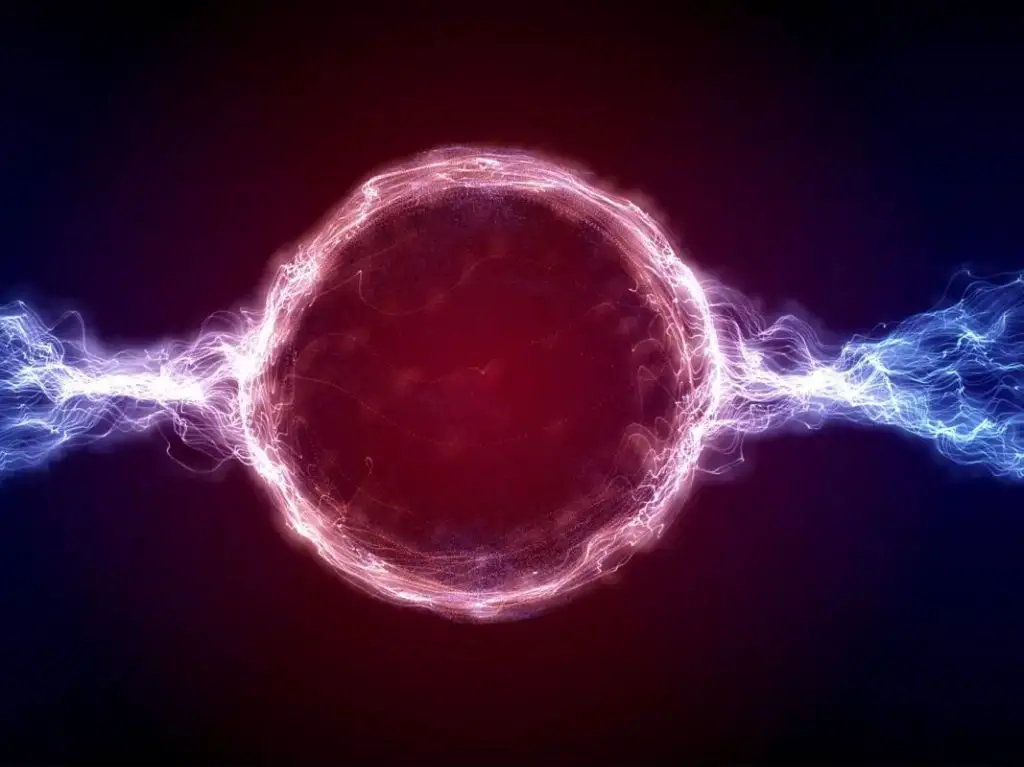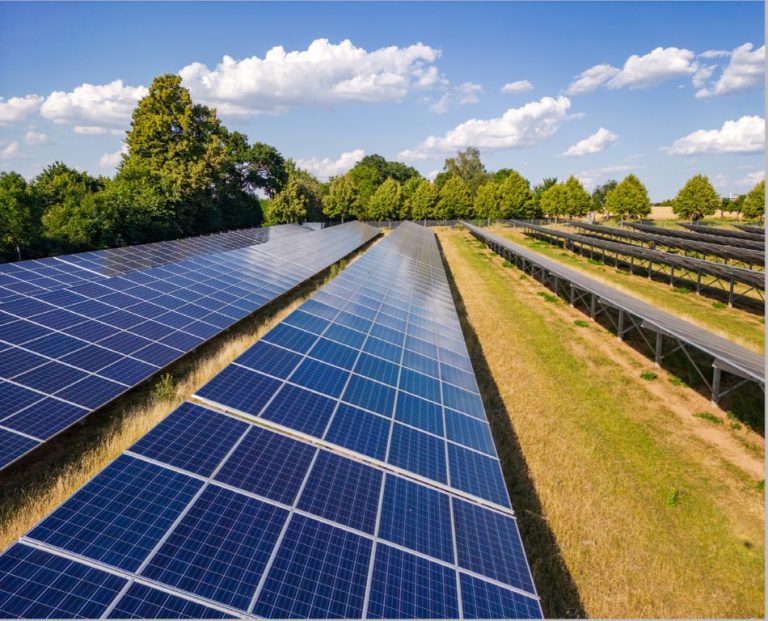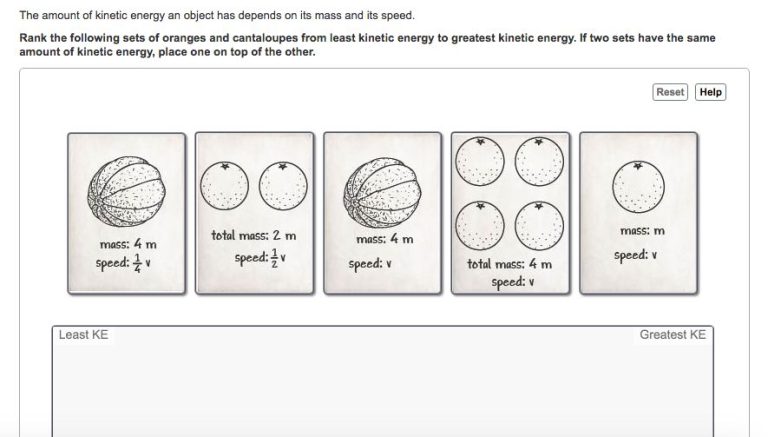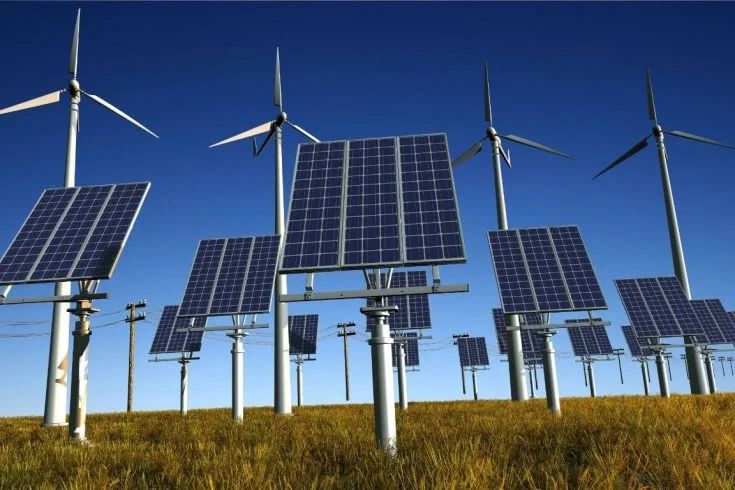Where Did Energy Come From If It Cannot Be Created?
The Law of Conservation of Energy

The law of conservation of energy states that energy can be neither created nor destroyed, only transformed or transferred from one form to another. This fundamental law of physics originated in the mid-19th century from the work of several scientists on thermodynamics and heat engines [1]. The German physician Julius Robert Mayer first proposed the idea in 1842 after realizing that blood’s venous color did not change despite differing arterial colors in individuals. This led him to the revelation that organic motions ultimately originate from inorganic sources [2].
Building on Mayer’s idea, Hermann von Helmholtz concluded in 1847 that all natural forces may be reduced to the force of attraction and repulsion. James Prescott Joule also independently discovered the mechanical equivalent of heat in the 1840s. The combined work of these scientists led to the formal statement of the law of conservation of energy [3].
Origins of Matter and Energy
According to the Big Bang theory, all matter and energy in the universe originated from a single point approximately 13.8 billion years ago. At the beginning, the entire universe is thought to have been extremely hot and dense, with all matter and energy compressed into an incredibly tiny space 1. This point rapidly expanded in a massive explosion that created all elementary particles and distributed matter and energy throughout space. The high density and temperature of the early universe enabled nuclear fusion reactions that created light elements like hydrogen and helium 2. As space continued to expand and cool, the remaining particles combined through gravity to form gas clouds, stars, and galaxies. Essentially, the Big Bang marked the beginning of space and time as we know it today, starting with an initial burst of energy that eventually transformed into all the matter in the observable universe.
Forms of Energy
Energy comes in many different forms that can be grouped into two main categories: potential energy and kinetic energy. Potential energy is stored energy that has the potential to do work, while kinetic energy is energy in motion. The main forms of energy include:
- Chemical energy – The energy stored in the bonds between atoms and molecules. Examples include fossil fuels, biomass, and food.
- Nuclear energy – The energy stored in the nucleus of an atom. Nuclear power plants split atoms to release this energy.
- Gravitational potential energy – The energy stored in an object’s height relative to Earth. Hydropower uses the energy from falling water.
- Elastic potential energy – The energy stored in objects by stretching or compressing. For example, a stretched rubber band.
- Thermal energy – The kinetic energy of moving atoms and molecules, related to an object’s temperature.
- Electromagnetic radiation – Energy that travels in waves, such as light, microwaves, radio waves, X-rays.
- Sound energy – The energy carried by sound waves.
- Motion (kinetic energy) – The energy of moving objects. Examples include wind and hydropower.
Understanding the different forms energy takes is essential to utilizing and transforming energy in useful ways.
The Sun’s Role
The sun is the main source of energy for the Earth (“The Power of the Sun – National Geographic Education.” https://education.nationalgeographic.org/resource/power-sun/). Through the process of nuclear fusion at its core, the sun transforms hydrogen into helium, releasing enormous amounts of energy in the form of heat and light (“The Sun’s Energy: An Essential Part of the Earth System.” https://scied.ucar.edu/learning-zone/earth-system/energy-from-sun). This solar energy radiates out into space and drives nearly all natural processes on Earth, including weather patterns, ocean currents, the water cycle, and plant growth (“Solar Energy – National Geographic Education.” https://education.nationalgeographic.org/resource/solar-energy/). Without the constant influx of solar energy, life as we know it could not exist on our planet.
Radioactive Decay
Radioactive decay is the process by which unstable atomic nuclei lose energy by emitting ionizing particles and radiation (https://en.wikipedia.org/wiki/Decay_energy). This decay, or loss of energy, releases enormous amounts of heat that can be harnessed for energy production. The instability of some atomic nuclei causes them to spontaneously decay over time by emitting particles like alpha particles, beta particles, and gamma rays. This release of energy is what we refer to as radioactivity.
The energy emitted during radioactive decay comes from the converting of matter into energy, in alignment with Einstein’s famous equation E=mc^2. Radioactive elements like uranium and thorium, which are found in Earth’s crust and mantle, are constantly decaying and giving off heat. This internal heating of the Earth through radioactive decay is the driver behind geothermal energy production (https://www.epa.gov/radiation/radioactive-decay). By harnessing the thermal energy generated from radioactive decay processes deep underground, geothermal power plants are able to produce renewable electricity.
Fossil Fuels
Fossil fuels are a nonrenewable energy source that formed when ancient plants and animals died and became buried underground. Over millions of years, this buried organic matter was exposed to heat and pressure, transforming it into fossil fuels such as oil, coal, and natural gas (https://www.energy.gov/fossil).
Fossil fuels contain high amounts of carbon and can release energy when burned. They are considered nonrenewable because their formation took millions of years, so we cannot recreate them quickly. The three main types of fossil fuels are:
- Oil – Formed from ancient marine organisms, oil is a liquid fossil fuel found in underground reservoirs and extracted via drilling (https://www.nationalgeographic.org/encyclopedia/fossil-fuels/). It is refined into gasoline, diesel, and other products.
- Coal – Formed from buried plant matter, coal is a solid fossil fuel extracted through mining. Varieties include anthracite, bituminous, subbituminous, and lignite.
- Natural gas – Formed from buried organic matter, natural gas is found along with crude oil deposits underground. It is extracted by drilling and transported through pipelines.
Fossil fuels currently provide the majority of the world’s energy needs, though concerns exist over their environmental impacts and finite supply (https://ourworldindata.org/fossil-fuels).
Nuclear Fission/Fusion
Nuclear fission and fusion are processes that release energy from the nucleus of atoms. In both fission and fusion, mass is converted into energy according to Einstein’s equation E=mc2.
In nuclear fission, the nucleus of a heavy atom like uranium or plutonium splits into two smaller nuclei, releasing neutrons, photons, and a large amount of energy in the process. The energy can be used to generate electricity in nuclear power plants. Fission reactions are controlled in reactors to produce a steady supply of energy (Energy.gov).
Nuclear fusion joins together light nuclei like hydrogen to form heavier ones like helium. This process releases even more energy than fission. Fusion powers the Sun and other stars. Scientists are working to control fusion reactions for energy production on Earth, but the process requires immense pressure and extremely high temperatures (Duke Energy).
Both fission and fusion release energy from the strong nuclear force holding the nucleus together. But fusion requires overcoming the repulsion between positively charged protons, so it only occurs naturally in stars. Both processes produce millions of times more energy per unit of mass than chemical combustion reactions.
Gravitational Potential
Gravitational potential energy exists because of the distance between two objects and their masses. When an object moves in a gravitational field, its gravitational potential energy changes. An object has more gravitational potential energy when it is farther from the Earth’s surface. This is because it then has the potential to release more energy as it falls towards Earth.
For example, water held behind a dam has gravitational potential energy; when released, this water falls and flows downhill, and some of its initial energy is converted into kinetic energy or motion. Hydroelectric power plants capture this energy as the water flows through turbines, converting it into electrical energy that powers our homes and cities (Gravitational Potential Energy).
Likewise, objects in space also have gravitational potential energy. Satellites orbiting the Earth have potential energy due to their height above the planet’s surface. This potential energy can be tapped for power generation or propulsion in space.
Biomass
Biomass energy comes from organic matter that was once living or is still living. This can include plants, animals, microorganisms, and organic waste products. Biomass contains stored energy from the sun. Plants absorb sunlight through photosynthesis and convert it into chemical energy that gets stored in the plant matter. When the organic matter is burned, the chemical energy gets released as heat that can be used for energy purposes. Common examples of biomass fuels include wood, crops, manure, and landfill gas.
Biomass is considered a renewable energy source because plants and other organic matter can regrow relatively quickly compared to the time it takes for fossil fuels to form. The carbon dioxide released from burning biomass is recaptured by the next cycle of plant growth, creating a closed loop system. This makes biomass a carbon neutral energy source as long as biomass stocks are managed sustainably. Biomass can provide electricity, transportation fuels like ethanol, and heat for homes and businesses. In the United States, biomass accounted for about 5% of total primary energy consumption in 2021 (https://www.eia.gov/energyexplained/biomass/).
Wind/Solar
Wind and solar energy are renewable energy sources that provide clean energy by directly harnessing natural forces. Wind power utilizes wind turbines to generate electricity, while solar power uses photovoltaic panels to convert sunlight into electricity.[1] These sources offer a sustainable alternative to fossil fuels and do not produce greenhouse gas emissions, acid rain, or radioactive waste. As of 2021, wind and solar accounted for over 10% of total U.S. electricity generation.[2]
The main advantage of wind and solar power is that they rely on inexhaustible, freely available natural resources, making them highly sustainable long-term energy solutions. They require little ongoing fuel costs beyond the initial infrastructure and maintenance investments. The technology is also modular and scalable, allowing decentralized deployment for homes, businesses, and utility-scale operations. As technology improves and costs continue to fall, wind and solar are likely to play an increasing role in powering the world’s growing energy needs in a carbon-constrained future.[3]
[1] https://www.nrdc.org/stories/renewable-energy-clean-facts
[2] https://www.eia.gov/tools/faqs/faq.php?id=427&t=3
[3] https://www.weforum.org/agenda/2022/03/solar-wind-power-renewable-energy-climate-change/






